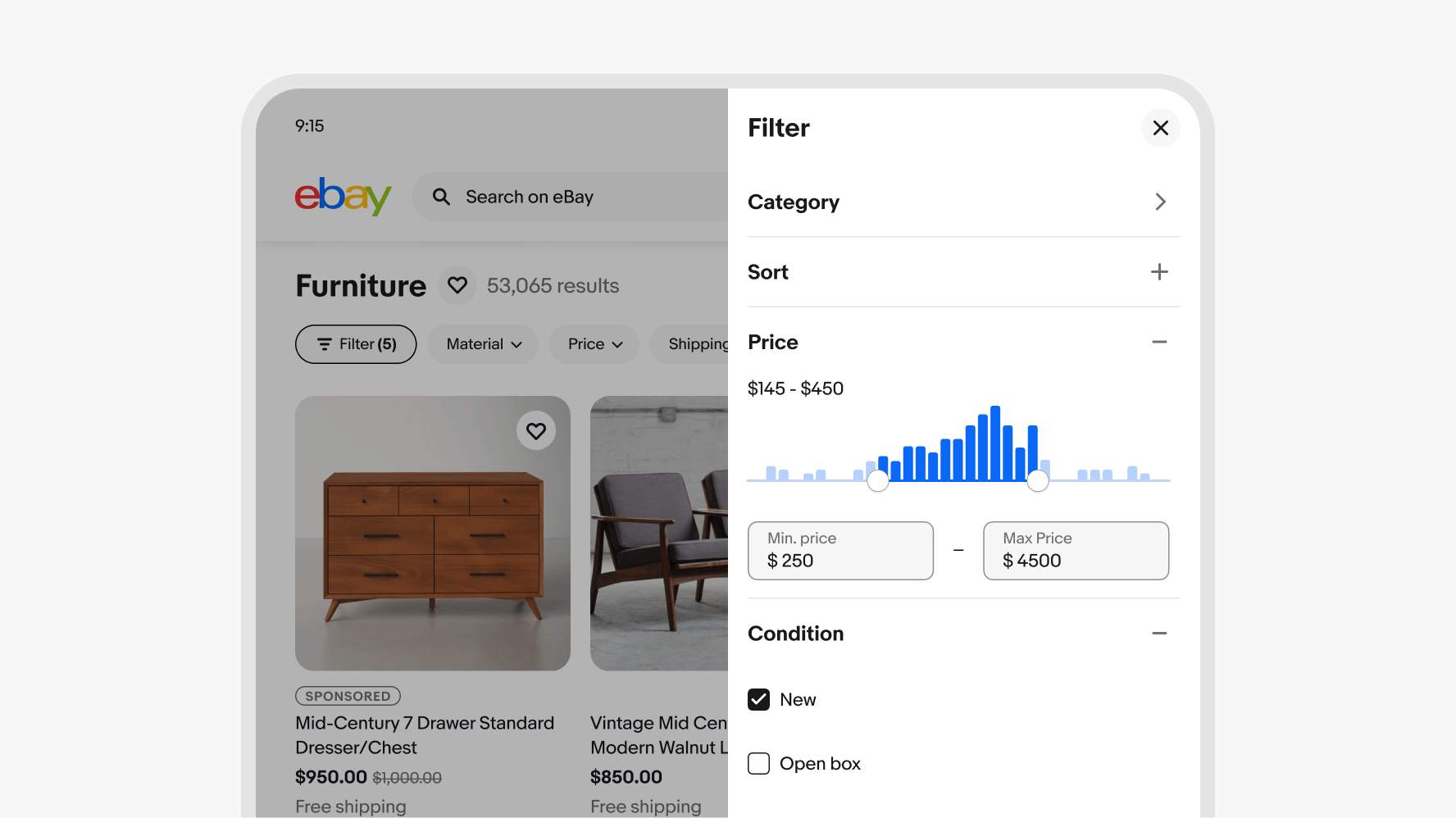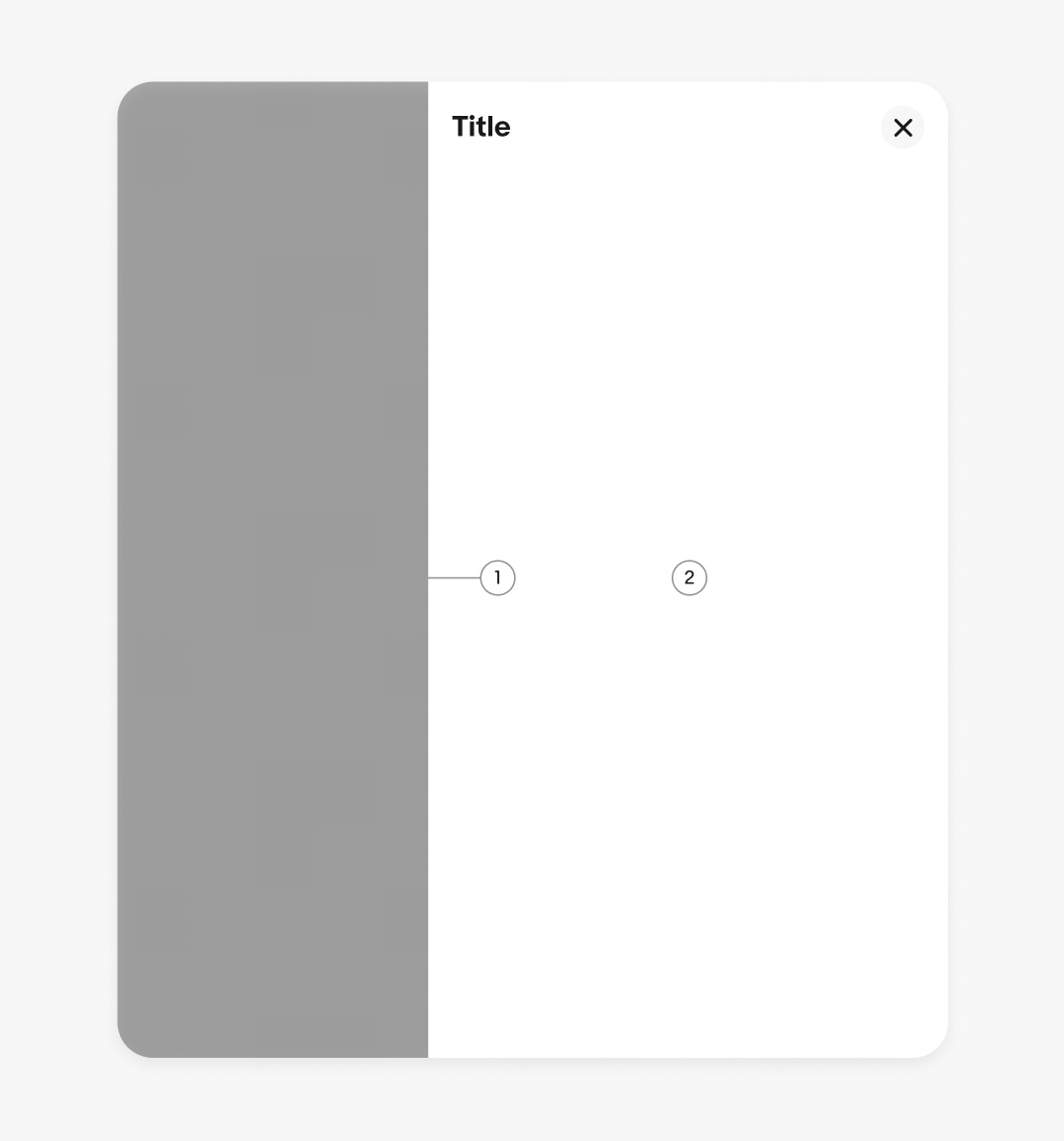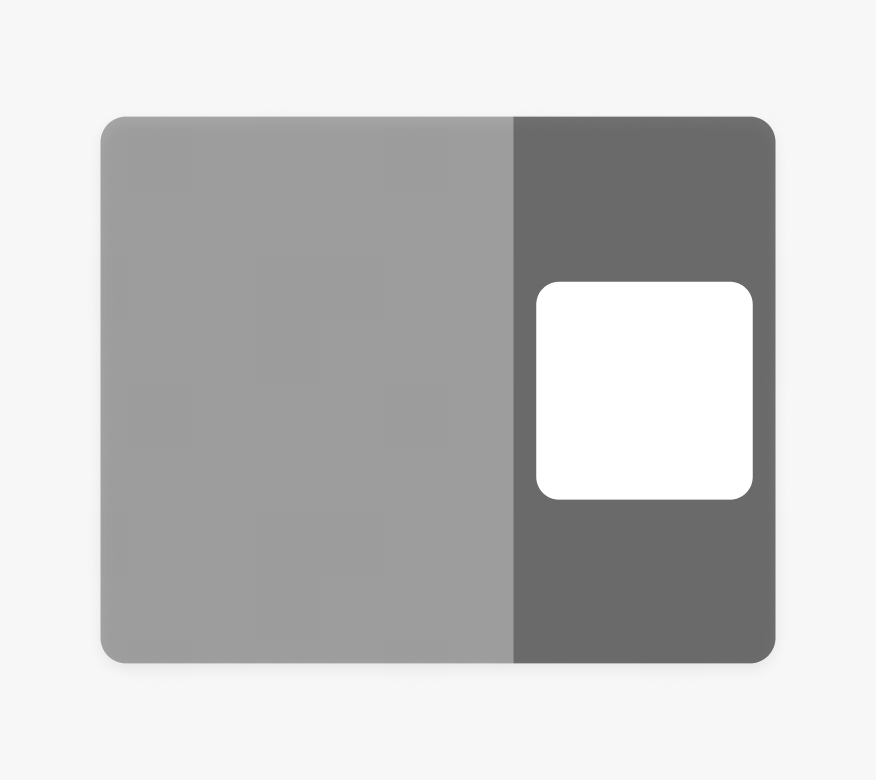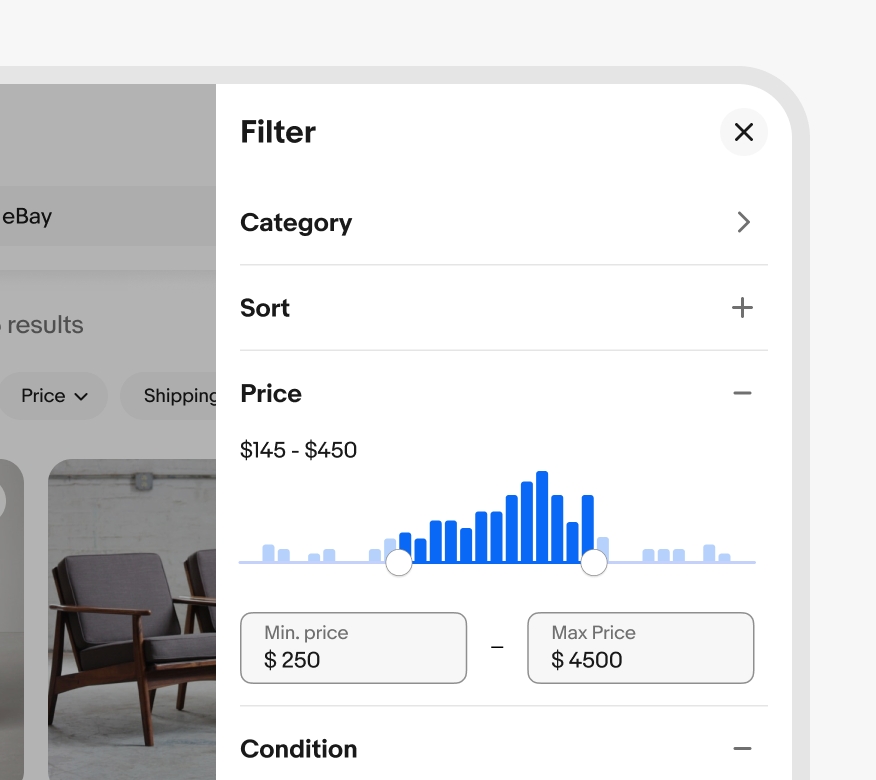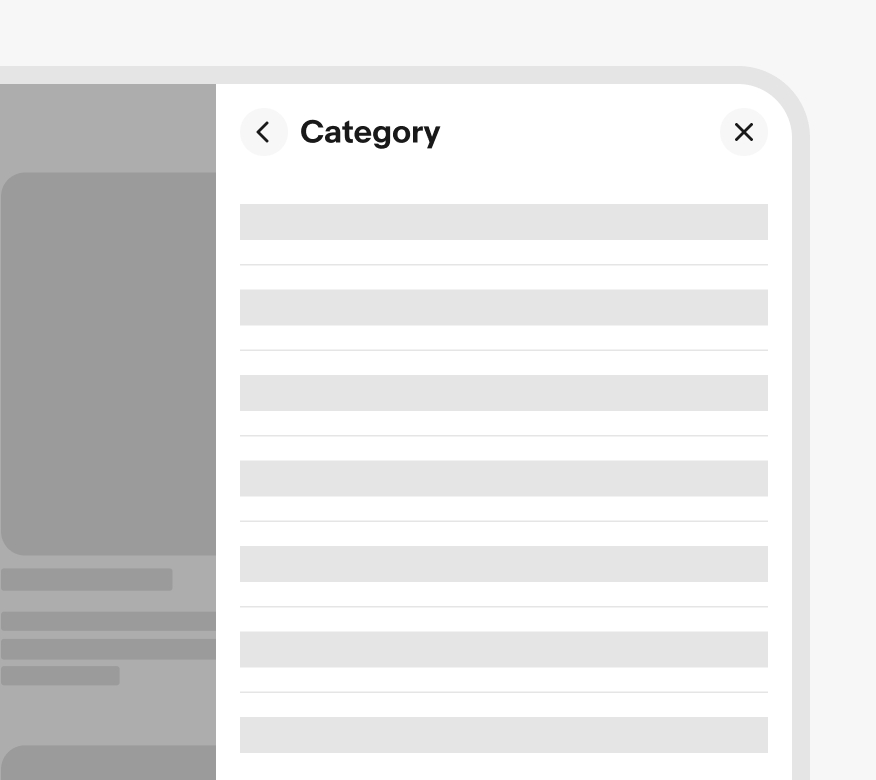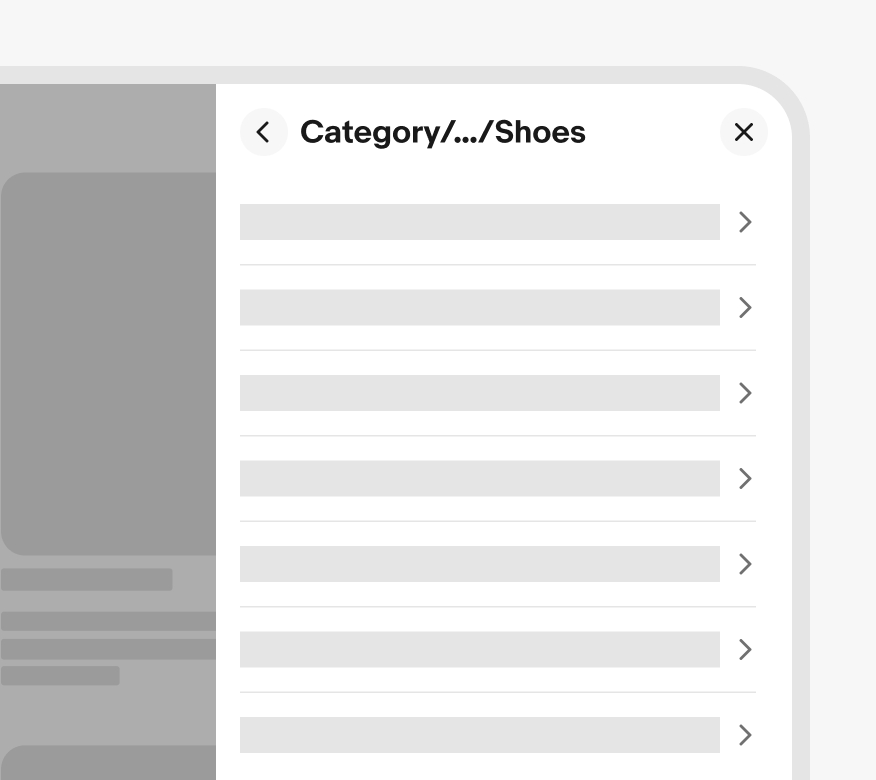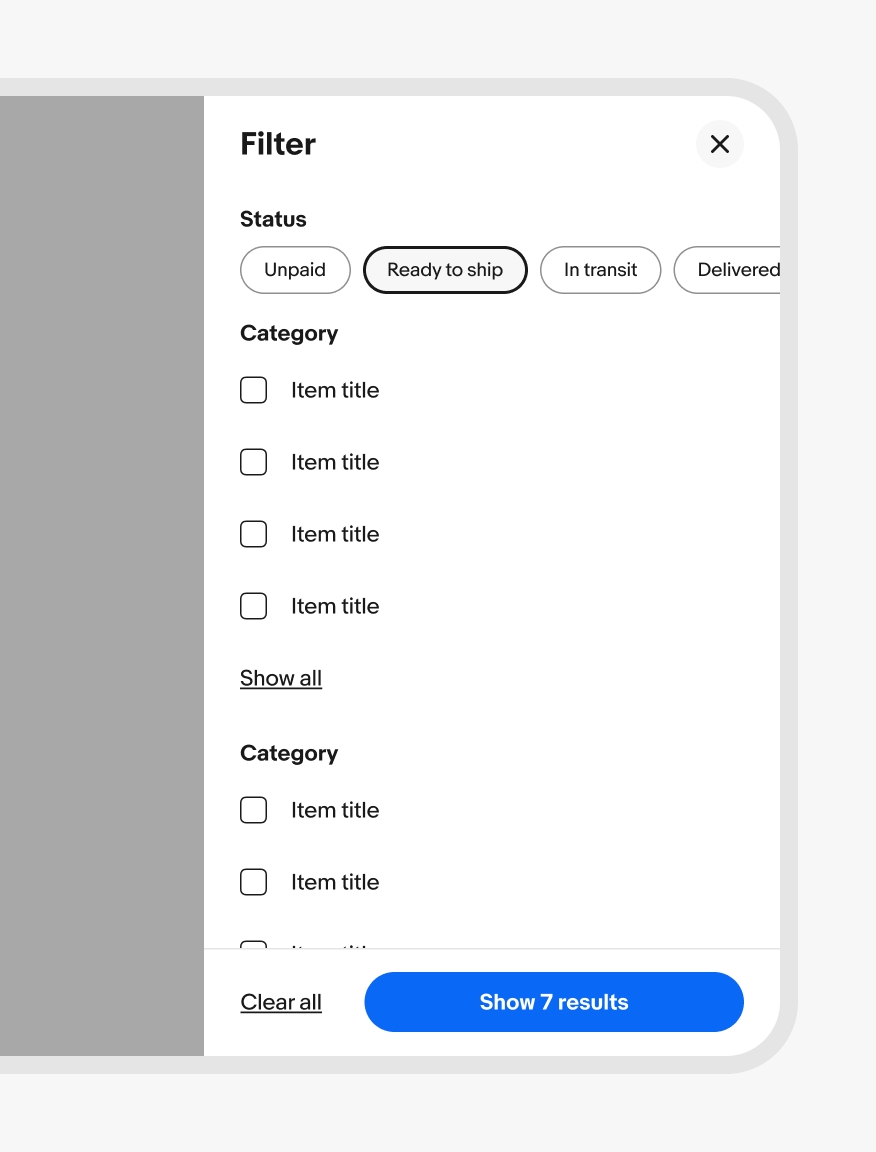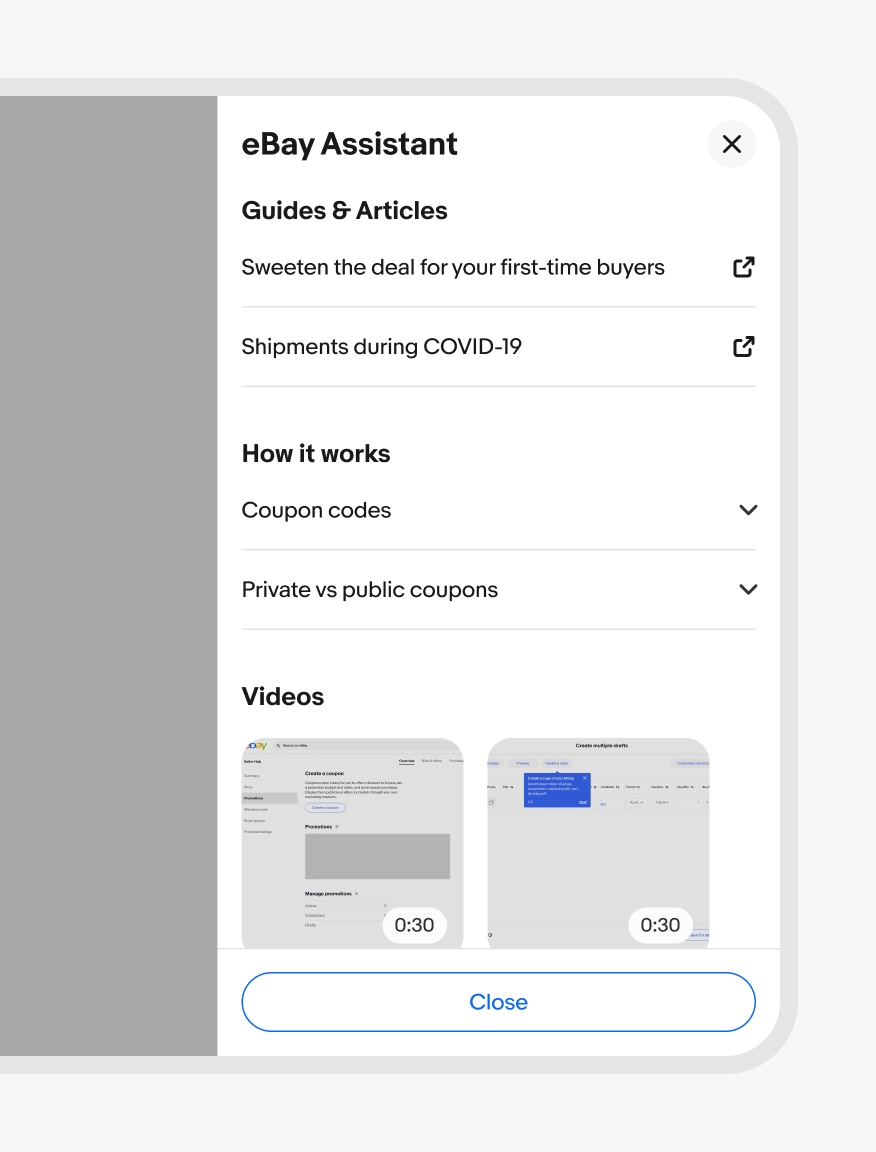Panel
Panels present supplemental information and input methods directly related to the primary content.
- CSS
- Marko
- React

Complimentary
Panels directly support and enhance interaction with the primary content.
Contextual
Panels appear and disappear according to screen size and needs. They become a fullscreen overlay or spoke page on small screens.
Flexible
Panel content can include a variety of input elements and information.
Container
Panels can contain a variety of content, so the container is the only required element. A header is included with a title and close button.
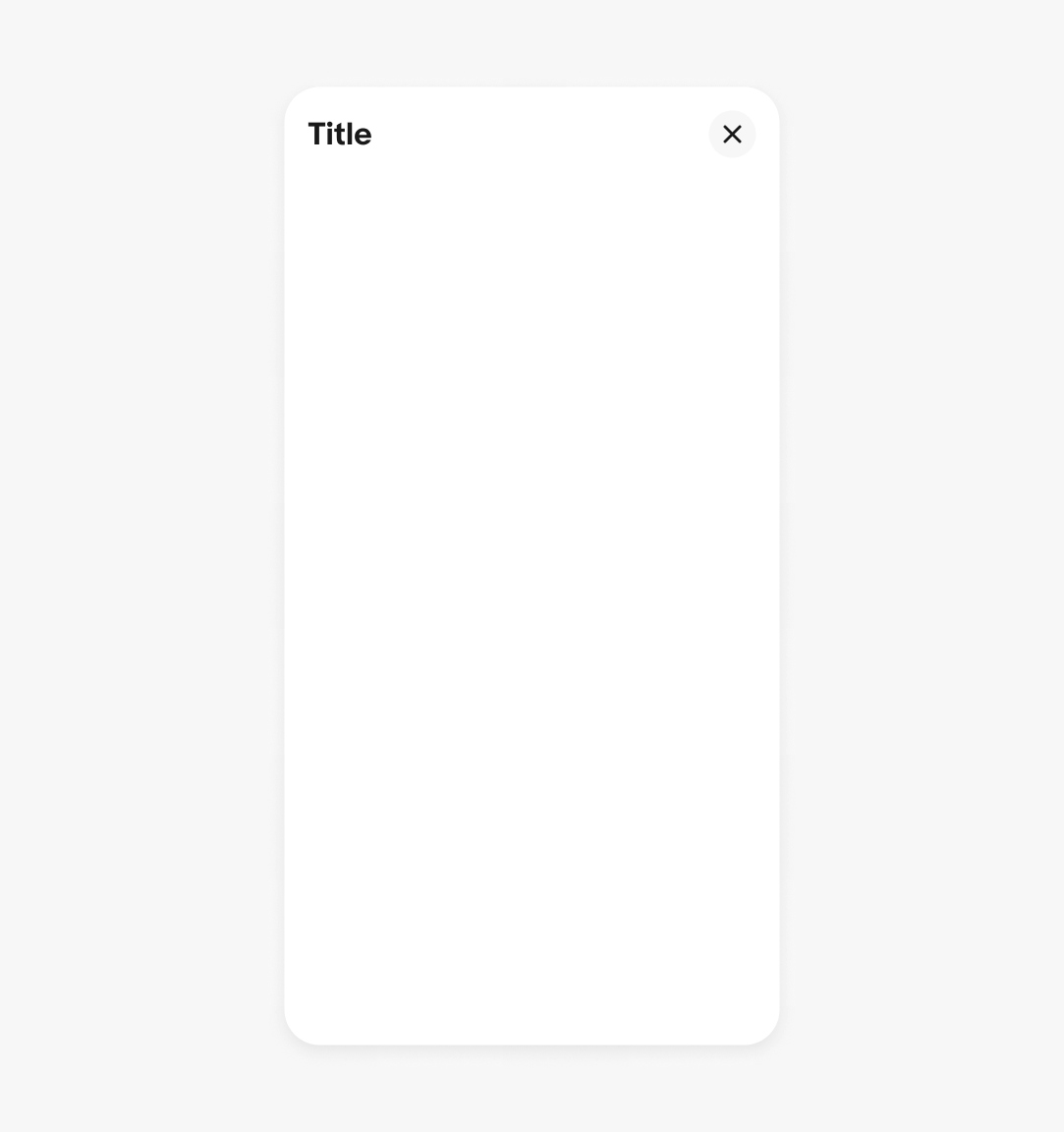
Scrim
The scrim blocks interaction with the main page and is active by default. Use a scrim to focus on the task within the panel.
The scrim can be turned off when interaction with the main page is needed, like navigating a map where the panel contains information about a selected location or when the Panel is acting as a reference for content on the main page.
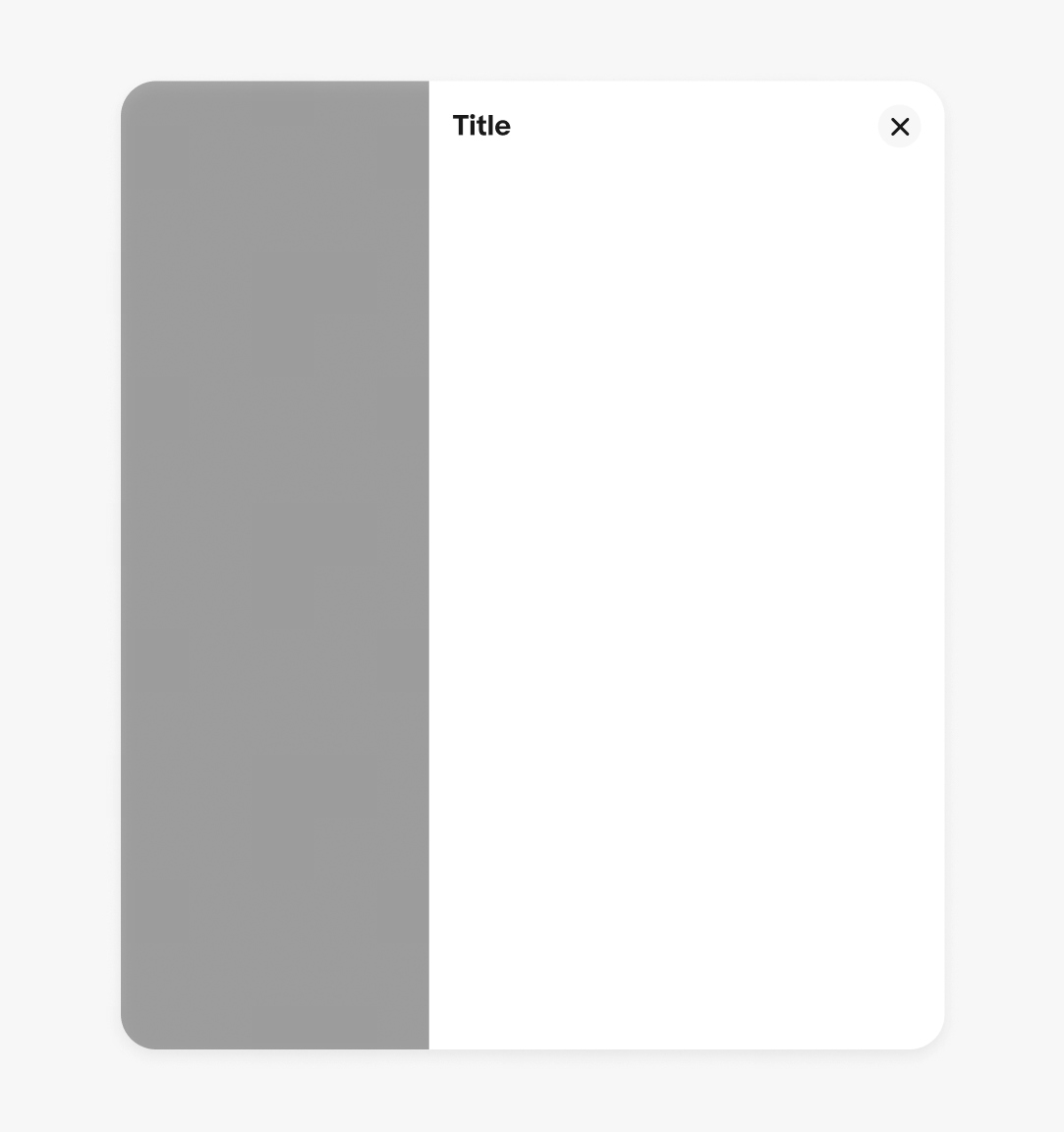
Presentation
Panels slide in from the right and remain pinned to the right of the screen.
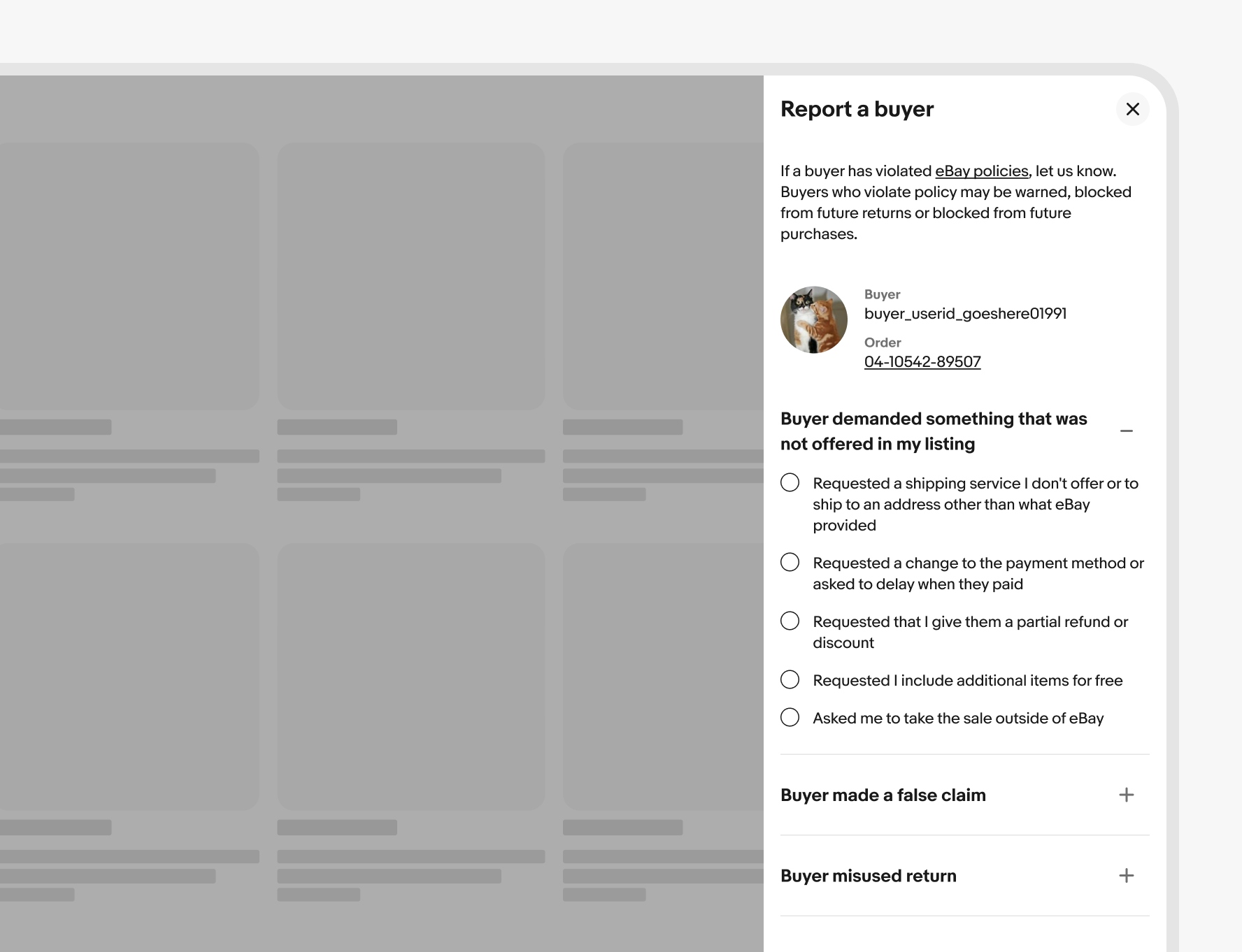
Width
The panel is a fixed width of 384px for screens above 384px width. The panel becomes a fullscreen overlay on screens smaller than 384px.
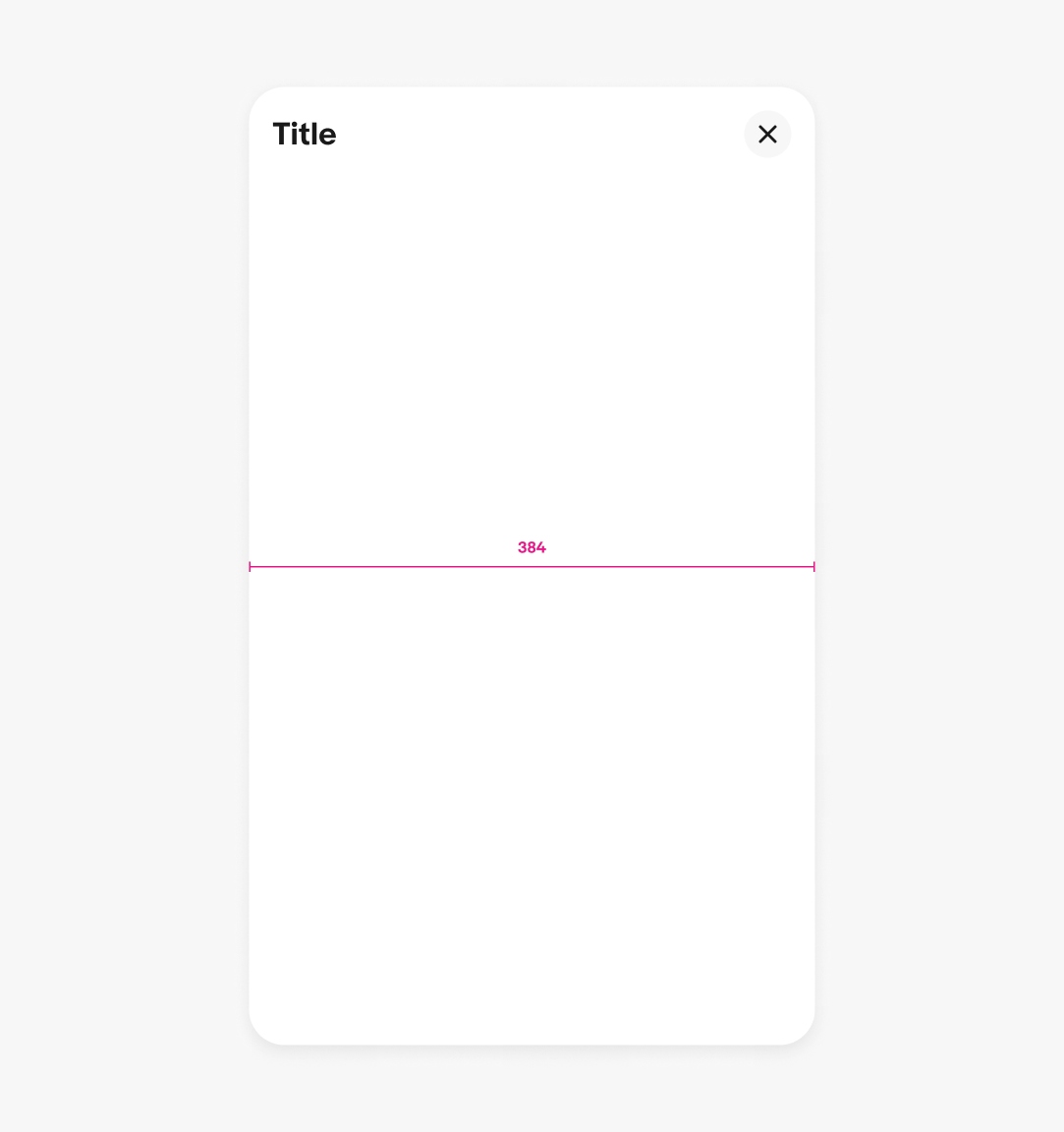
Modality
Panels can be modal or non-modal. Modal Panels present over a scrim that disables interaction with the base layer. Non-modal Panels omit the scrim and allow users to manipulate content on the base layer. Modal is the default presentation for Panels.
Use a modal Panel when manipulating data that will update the base layer or when the content on the base layer is complex and distracting. Use a non-modal Panel for content that is purely referential and doesn’t update data.
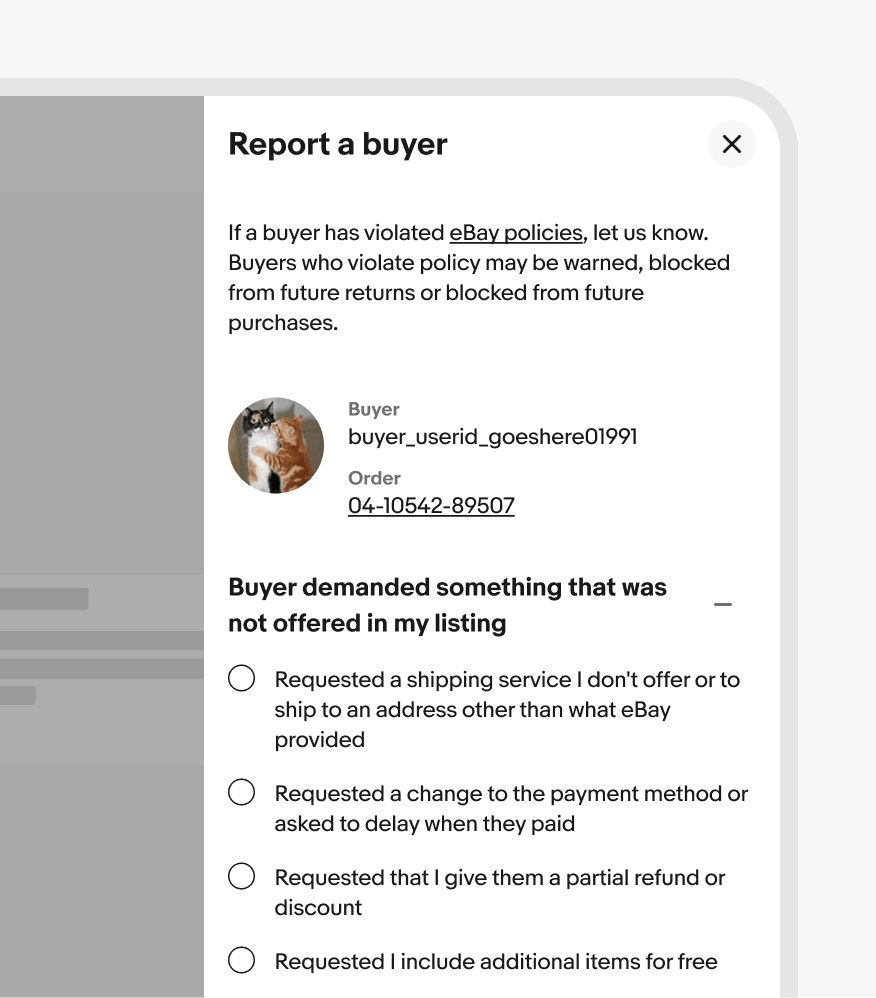
Modal panel
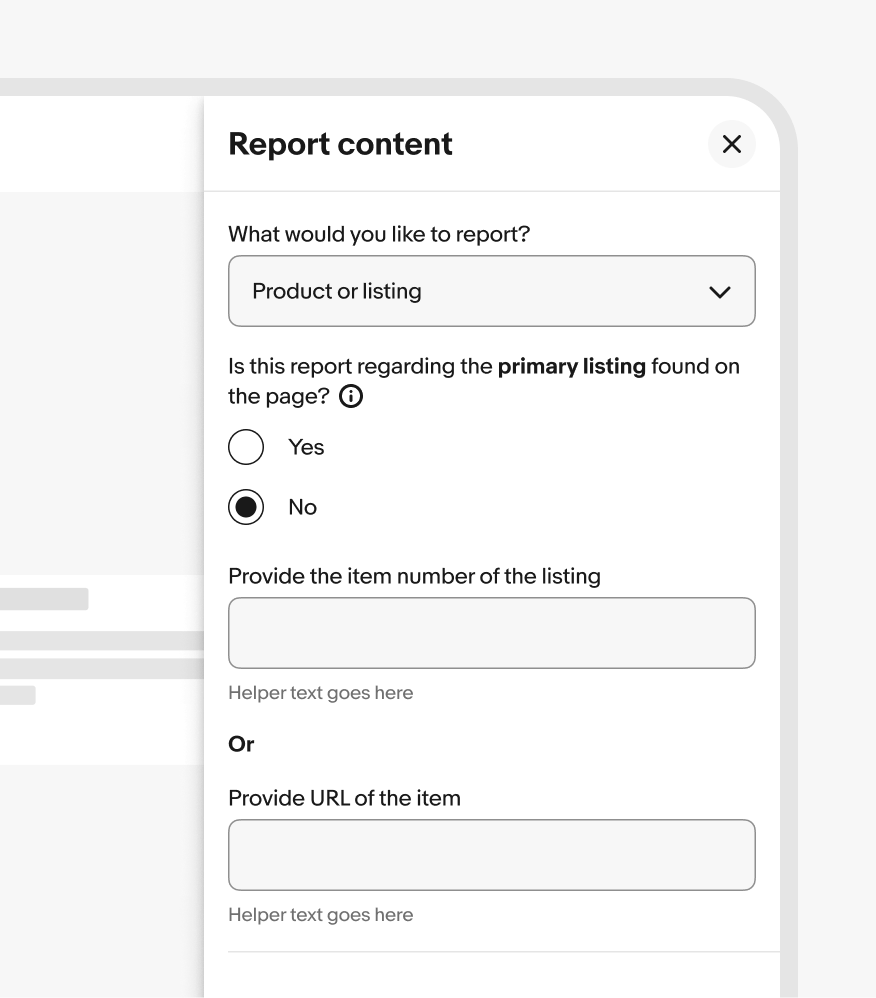
Non-modal panel
Dismissing
Panels can be dismissed in various ways:
- Tapping the close button
- Tapping the primary action
- Swiping to the right (touchscreens)
- Tapping the scrim (modal-only)
If the base layer updates asynchronously, any changes made in the panel will be preserved even after it is closed. If the updates need to be submitted before the base layer is updated, dismissing via the scrim, close button, or swipe gesture will cancel any actions taken within the panel.
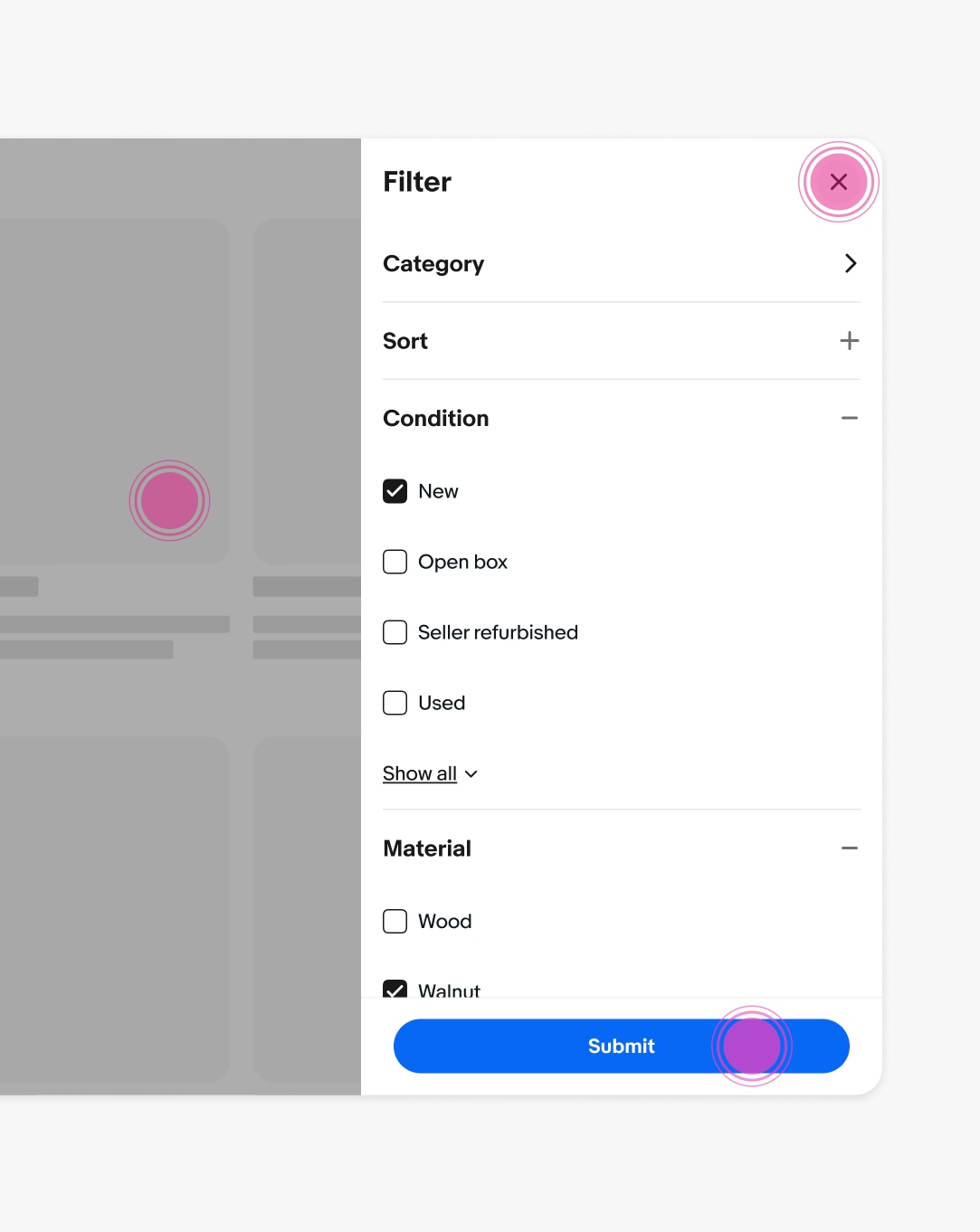
Navigation
Panels can contain hub-spoke navigation. A back button appears in the leading position of the panel header when viewing a spoke view.
Keep in-panel navigation to a minimum, no more than 2 levels. Opt for accordions and expansions in panels to reduce the need for navigation levels.
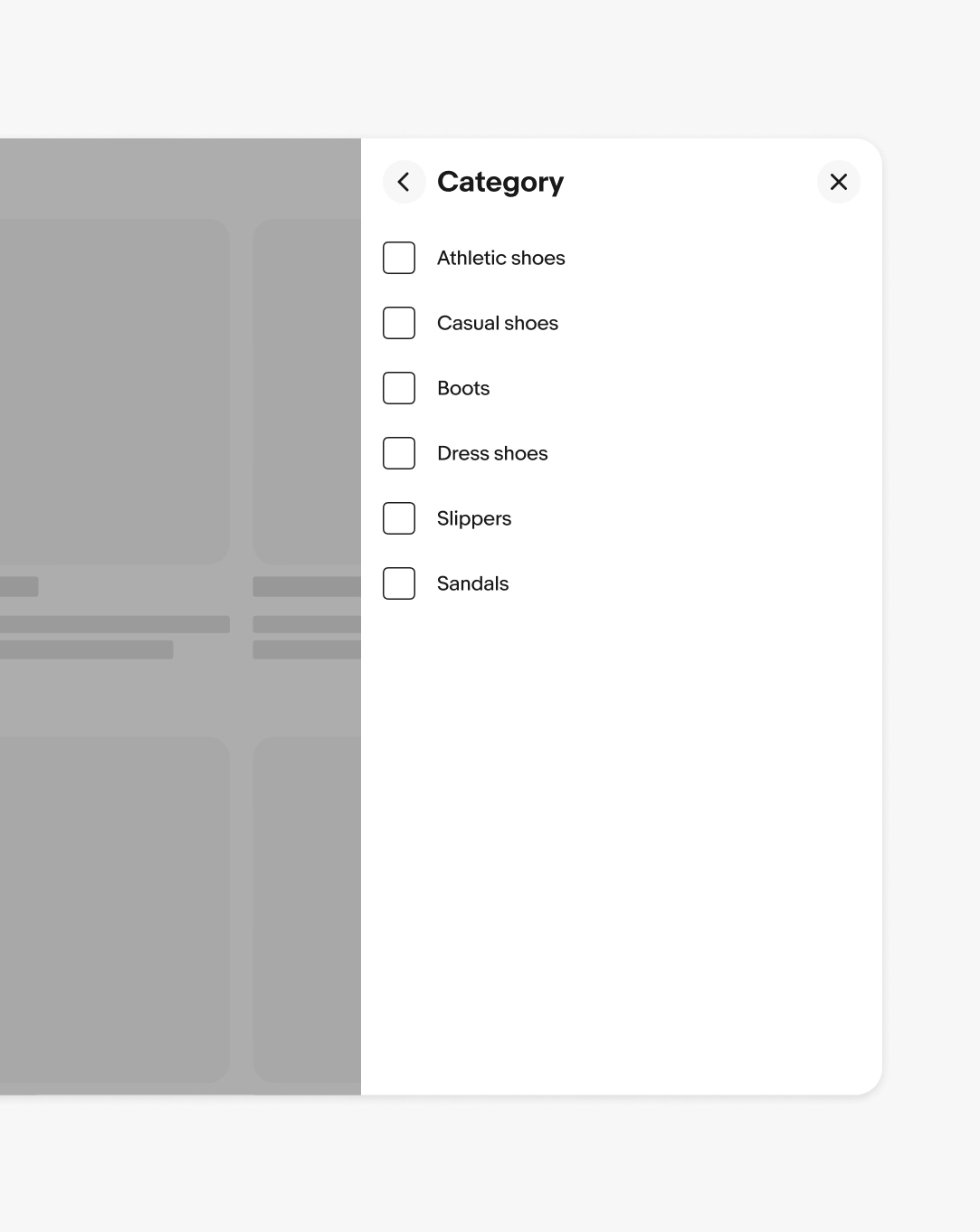
Small native
Bottom sheets are only used on compact screens. They animate in from the bottom of the screen for ergonomic access to a selection.
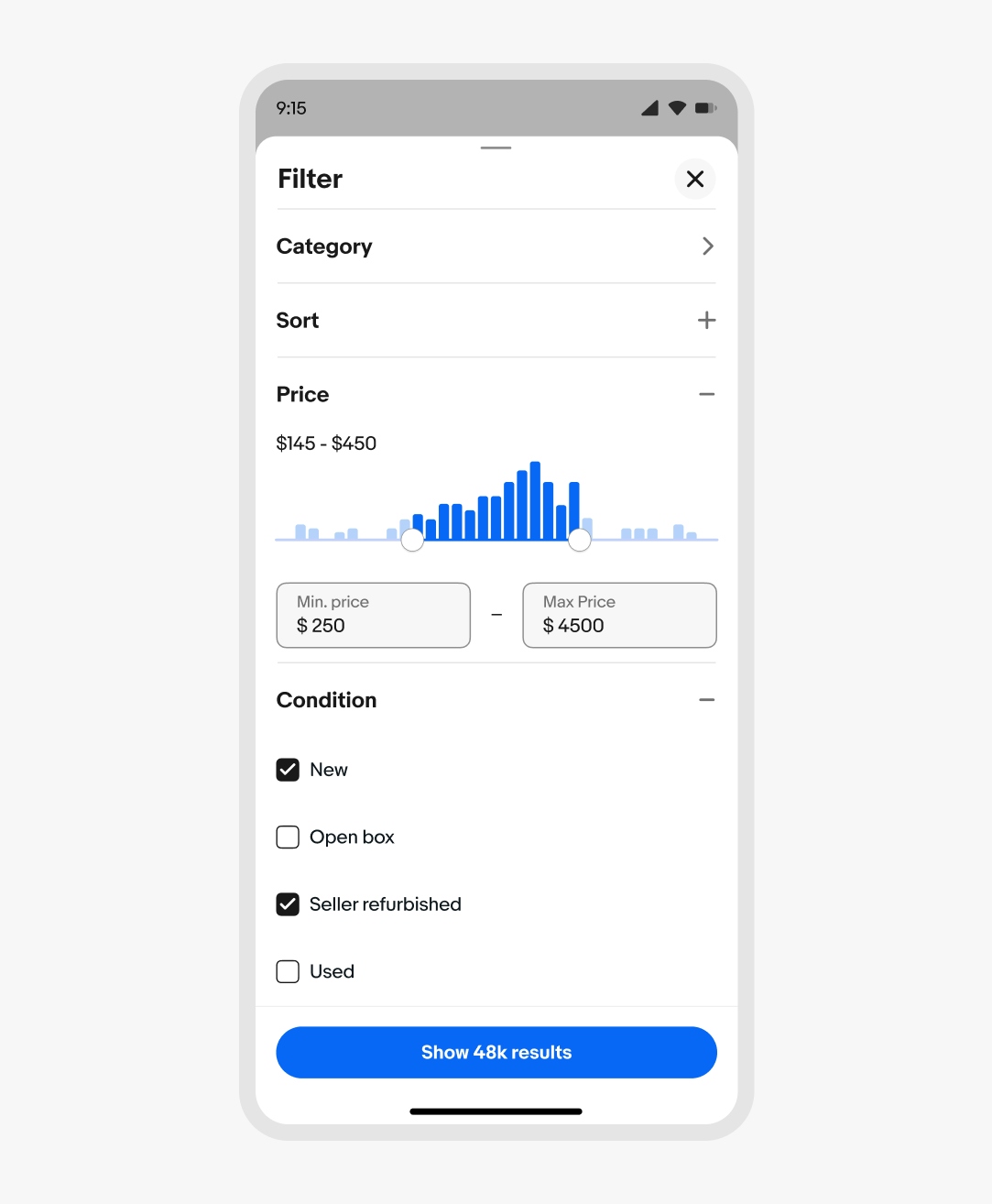
Small web
Panels are full height inset dialogs aligned to the bottom of the screen on web.
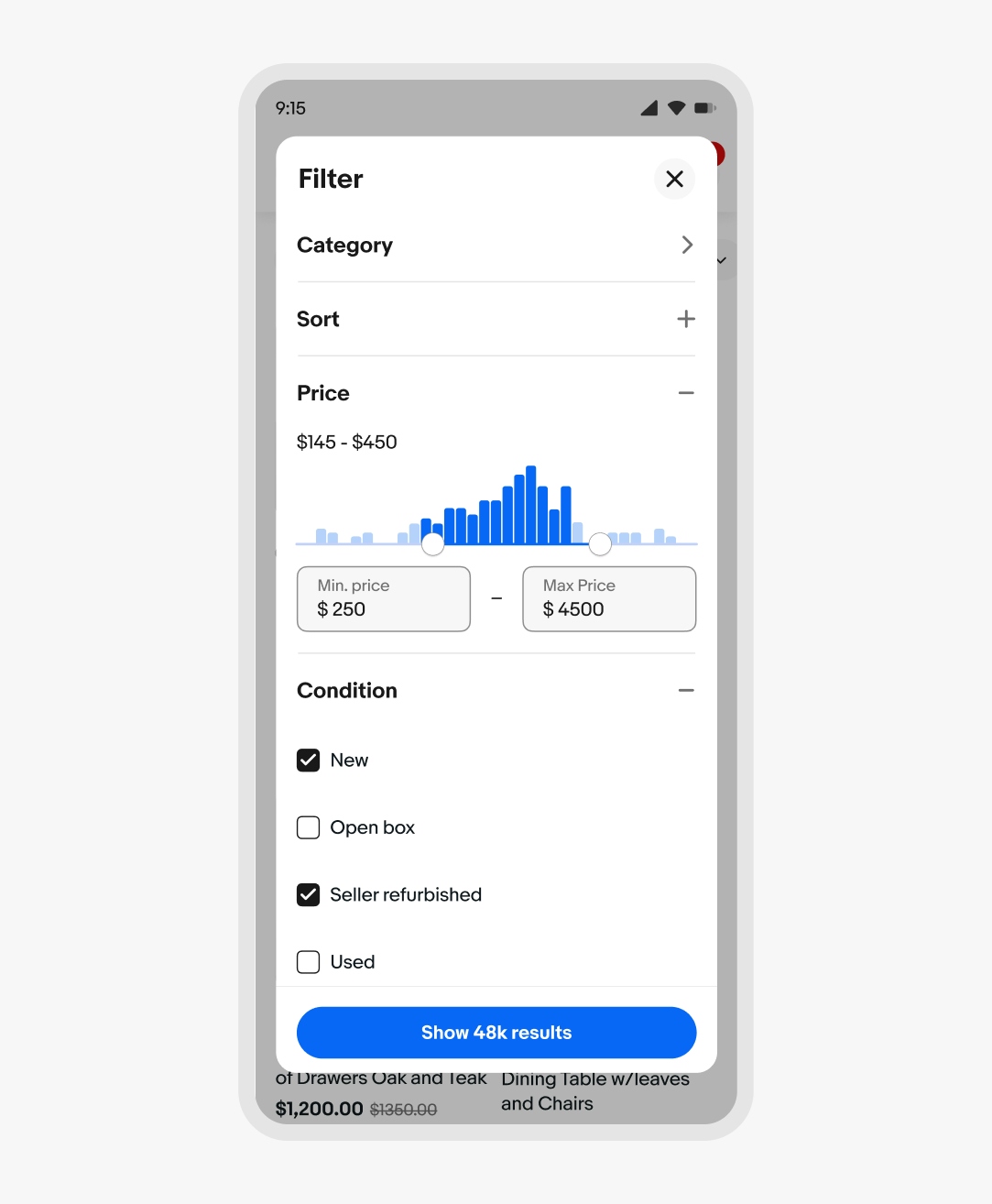
Medium and large screens
Panels appear from and pin to the right side of the screen. They extend the full height of the parent window.
